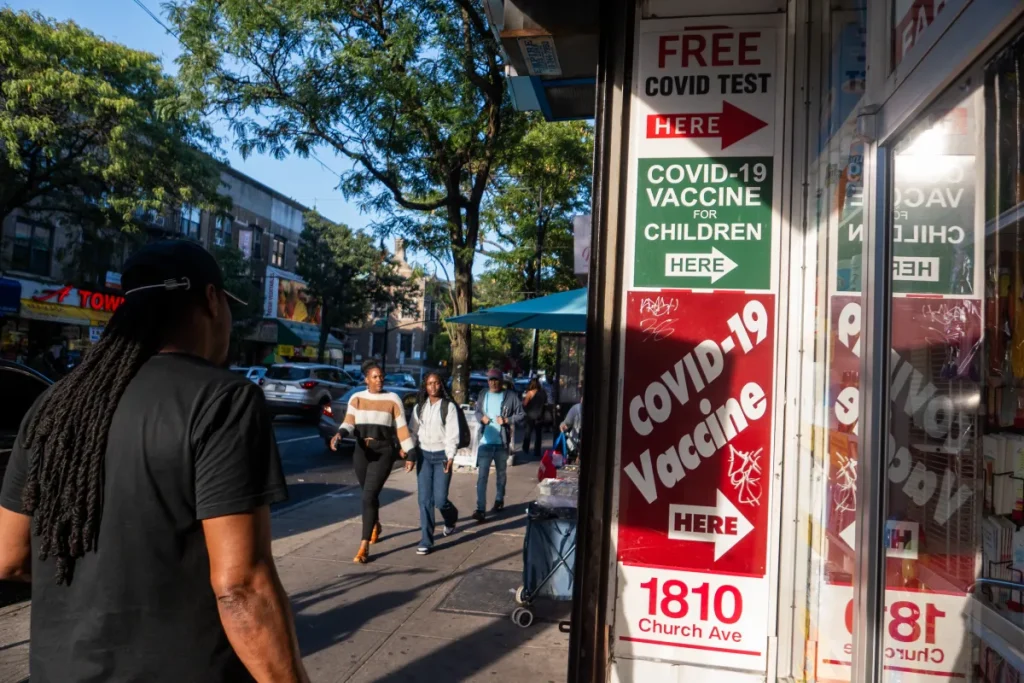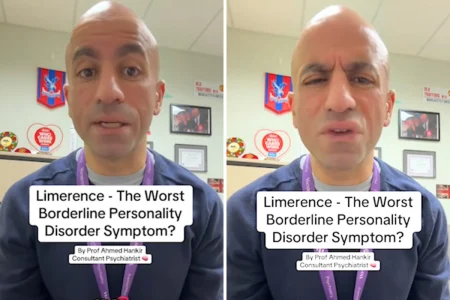COVID-19 Remains Present but Less Threatening as Thanksgiving Approaches
As the nation prepares for Thanksgiving gatherings, COVID-19 continues to circulate across America, though at significantly lower levels than during the pandemic’s height. According to recent CDC data, infections are growing or likely growing in 19 states, including Colorado, Michigan, Texas, and Pennsylvania. This comes as families plan holiday gatherings that traditionally bring multiple generations together indoors for extended periods. Despite this upward trend in certain regions, emergency department visits for COVID-19 remain “very low” in most affected states, with only Indiana, Mississippi, and West Virginia classified as having “low” rates of COVID-related emergency visits. Meanwhile, four states—California, Hawaii, Maine, and Washington—are experiencing declining infection rates, and 22 states show stable numbers, painting a complex but generally manageable national picture.
The landscape of COVID-19 has dramatically transformed since its devastating emergence in late 2019. The disease that once brought the world to a standstill has become more manageable largely due to widespread vaccination efforts. Currently, about 70 percent of Americans are considered fully vaccinated, a significant increase from the 49.7 percent reported in August 2021. This widespread immunity, coupled with improved treatments and natural immunity from previous infections, has reshaped COVID-19 from an acute emergency into a more routine health concern. Nevertheless, the pandemic’s legacy remains profound—nearly 1.2 million Americans have lost their lives to the virus as of June 2024, and countless others continue to manage the lingering effects of “long COVID,” a reminder that even as urgency fades, vigilance remains important, particularly during high-travel holiday seasons.
Recent national indicators reflect COVID-19’s diminished but persistent presence. As of late September, the test positivity rate stood at 6.7 percent—down considerably from the 11.7 percent peak recorded in August. More tellingly, COVID-19 accounts for just 0.7 percent of emergency room diagnoses nationwide, with hospitalization rates at a mere 1.2 per 100,000 people. Perhaps most significantly, COVID-19 now causes only 0.8 percent of all deaths in the country, representing one of the lowest mortality rates since the pandemic began. This marks a dramatic improvement from 2021, when weekly deaths reached 6.5 per 100,000 Americans. Wastewater surveillance, which detects community spread regardless of symptoms, confirms these encouraging trends, with most regions showing “very low” to “low” viral activity levels.
Public health guidance has evolved alongside the changing threat landscape. For the 2025-2026 season, the CDC has moved away from universal recommendations, now suggesting COVID-19 vaccinations based on individual risk assessments for those six months and older. This shift represents a significant departure from previous years’ more prescriptive approach, though officials continue to emphasize that vaccination remains especially important for vulnerable populations, particularly adults aged 65 and older who face higher risks of severe outcomes. This more nuanced guidance reflects both the reduced severity of current variants and the substantial immunity now present across the population, allowing for more personalized health decisions rather than broad mandates.
As Americans prepare for Thanksgiving gatherings, the current COVID-19 situation offers reason for cautious optimism. While the virus continues to circulate and even increase in some states, its overall impact on public health has diminished considerably. The holiday, which typically brings together extended families in indoor settings for prolonged periods, still presents opportunities for transmission, particularly to vulnerable family members. However, unlike during previous years of the pandemic, these gatherings no longer face the same level of crisis or uncertainty. The combination of widespread vaccination, previous infection-derived immunity, improved treatments, and generally lower circulation levels means that for most Americans, the risk has shifted from an emergency concern to one of many health considerations when planning holiday activities.
The nation’s experience with COVID-19 has fundamentally transformed public health awareness and approaches to respiratory disease. Where once masks, testing, and isolation were urgent necessities, they have now become optional tools individuals may employ based on personal risk assessment. As families gather around Thanksgiving tables this year, the conversation about COVID-19 will likely be markedly different from those of recent years—less focused on immediate danger and more on protecting vulnerable loved ones through thoughtful precautions. This evolution represents both the scientific progress made against the virus and the public’s growing ability to incorporate COVID-19 awareness into everyday health decisions. While vigilance remains warranted, especially in states seeing increases, Americans can approach this Thanksgiving with significantly less anxiety than during previous years of the pandemic, marking another milestone in the nation’s long journey with this once-novel disease.















